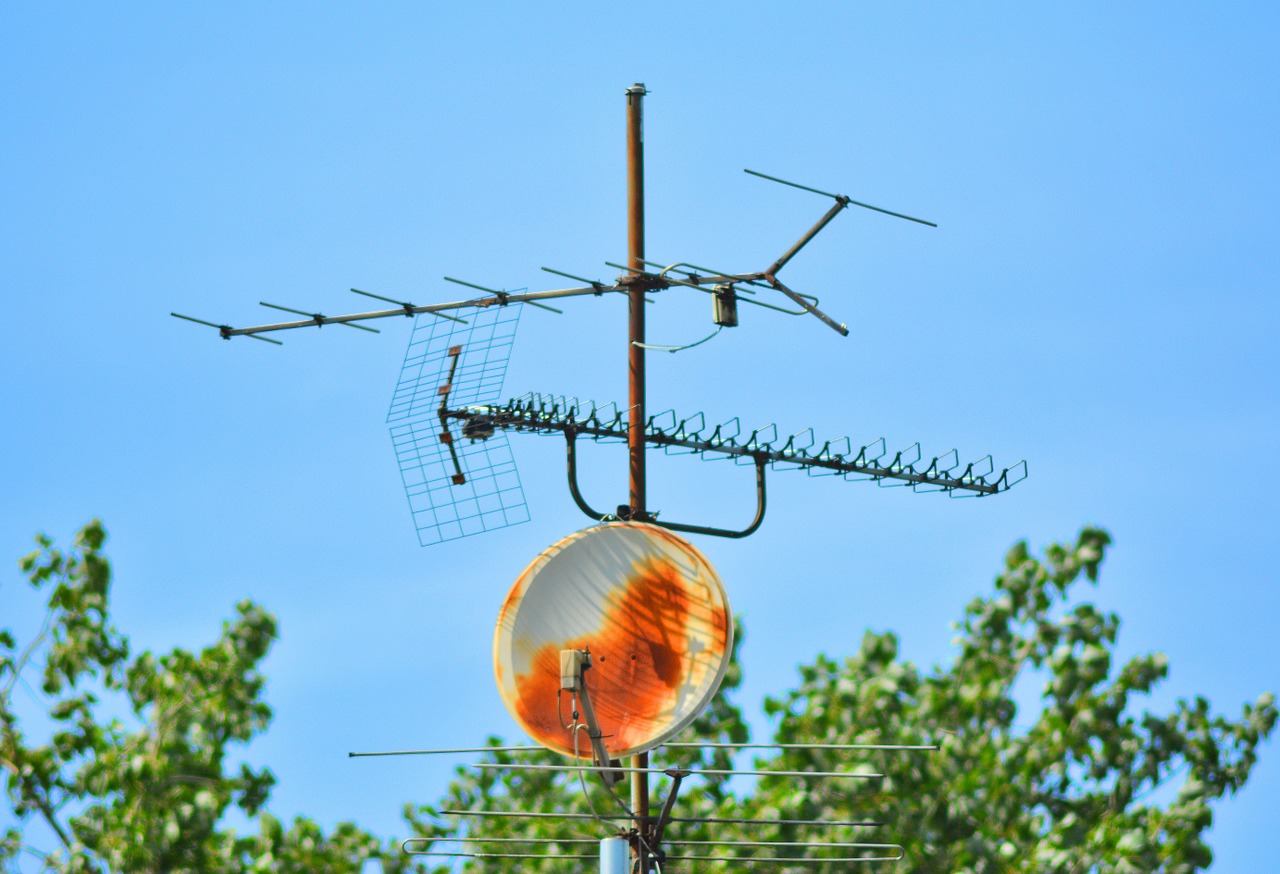Users of wireless production equipment (PMSE) use the frequency gaps between terrestrially transmitted television (DTT) channels. For many decades, terrestrial (DTT) and wireless microphone (PMSE) users have been sharing the frequency band in the UHF range very well. This cooperation has proven its worth!
Most countries in Europe, the Middle East, North Africa, Sub-Saharan Africa and parts of Asia are planning to expand their Digital Terrestrial Television (DTT) services, the early results of new survey show. The survey on the use of spectrum was conducted by the International Telecommunication Union (ITU) in preparation for the World Radiocommunication Conference 2023 (WRC-23), a forum that globally coordinates the allocation of the available frequency spectrum to media and telecommunication services.
The survey collected responses from 123 countries between February and August this year. The final results are expected in March 2021, but the interim results allow for a number of conclusions.
- In many countries, a majority of the population view television received via terrestrial networks. In 29 countries this is true for more than 75% of the population, and in 20 of the responding countries for 50% to 75%.
- Most countries have very high DTT coverage, and many are planning to extend it: 55 countries state that DTT covers more than 75% of their population, and 23 of these are planning to extend the coverage further. 12 countries with less than 75% of coverage also plan to extend it.
- Many countries continue to invest in DTT: 50 countries plan the introduction of more programmes; 59 countries anticipate the introduction of enhanced services (e.g. HDTV, UHDTV with HDR); 32 countries foresee additional reception modes (e.g. Portable and Mobile); 26 countries foresee or are planning to move to new technology; but also, many further countries were not able to comment at this time about their future plans.
- Regarding the amount of UHF spectrum that administrations consider will be required for DTT in the future, 81 countries put this at exactly 224 MHz, which corresponds to the amount of spectrum in the band 470-694 MHz currently used for DTT. 13 countries expressed a requirement for more than 224 MHz, and 5 countries indicate a requirement for less than 224 MHz. (See Table and Figure below).
The interim results show significant support from administrations in the surveyed region for continued access of DTT to the current UHF spectrum used for terrestrial broadcasting.
The information gathered will have a bearing on WRC-23, which is scheduled for November 2023 and will discuss possible changes in the UHF spectrum allocation to broadcasting.
Working with and on behalf of its Members, the EBU follows and participates in several relevant areas of the spectrum negotiations coordinated by the ITU. For more information and to contact us, visit the EBU Strategic Programme on Spectrum.
Source: https://tech.ebu.ch/news/2020/10/preparing-for-wrc-23-majority-of-countries-support-dtt-access-to-uhf-spectrum


